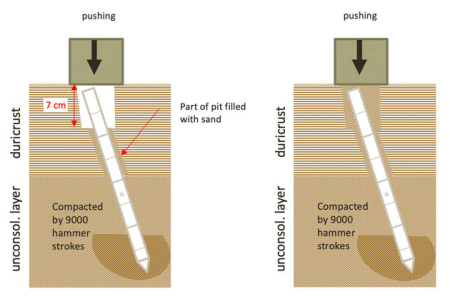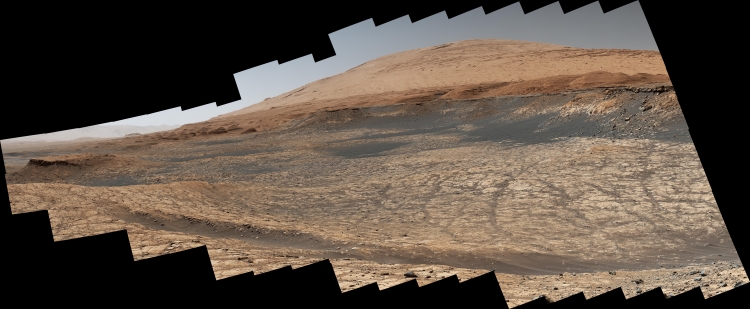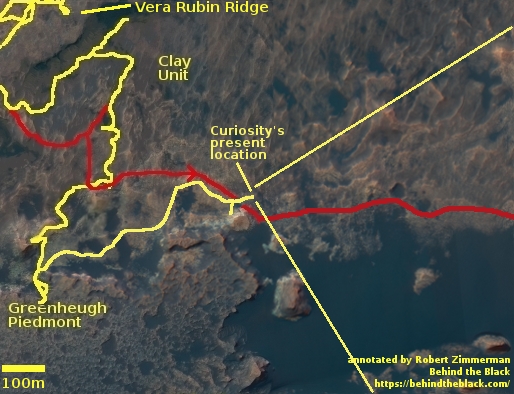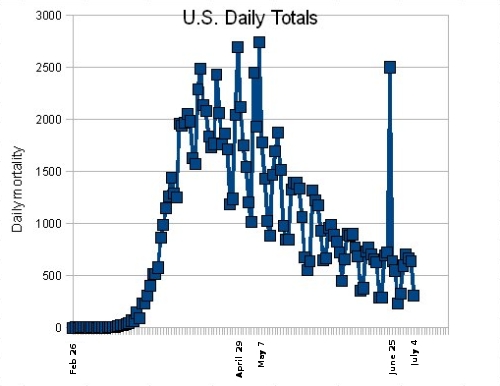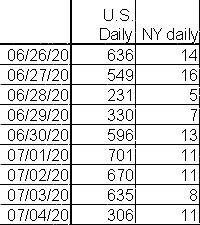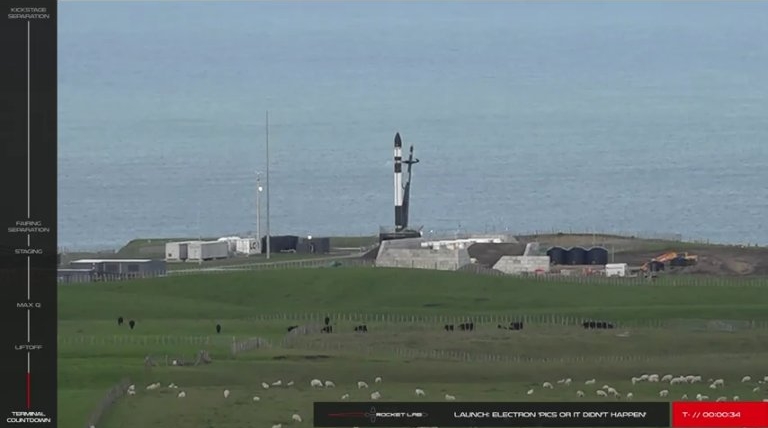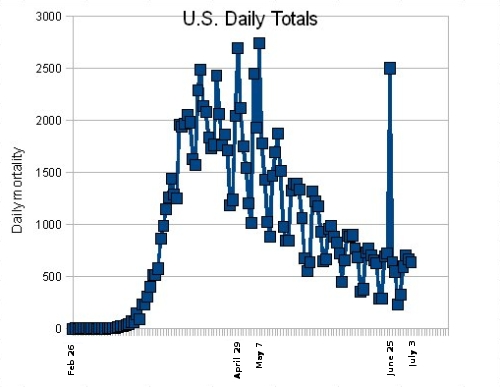Proposed House NASA budget flat, with some surprising support for Artemis
While the first House proposal for NASA’s 2021 budget has rejected the Trump administration’s request for a total $3 billion increase for the agency to fund Artemis so that it can complete a manned mission to the Moon by 2024, it also provided about 18% of the funds requested for building the manned lunar lander required for that mission.
Back in February, the White House asked for $3.37 billion in fiscal year 2021 to accelerate development of the lander.
Democrats in the House have been skeptical of the 2024 launch date—some see it as political due to the timing of the next presidential election—and so have been slow to fund the lander. In its budget, the House appropriates $1.56 billion for “Exploration Research and Development.” This includes funding for the lander, Lunar Gateway, and other activities related to the Moon’s surface, of which more than $600 million can be used for the lander.
The House also provided a boost of $343 million to SLS.
My guess is that the Democrats in the House are working to keep Artemis going because of the jobs it brings to their districts, but want to slow it down enough so that it cannot succeed while Trump is in office. Thus, the release of some funds for the lunar lander, but not enough to build it, now.
The House proposal also includes a loosening on Congress’s mandate that Europa Clipper must launch on SLS. NASA is now given the option to consider other alternatives if SLS is not avaiable, which means that NASA can now consider using the Falcon Heavy instead.
This proposal must still pass the Republican-controlled Senate, so expect more changes.
While the first House proposal for NASA’s 2021 budget has rejected the Trump administration’s request for a total $3 billion increase for the agency to fund Artemis so that it can complete a manned mission to the Moon by 2024, it also provided about 18% of the funds requested for building the manned lunar lander required for that mission.
Back in February, the White House asked for $3.37 billion in fiscal year 2021 to accelerate development of the lander.
Democrats in the House have been skeptical of the 2024 launch date—some see it as political due to the timing of the next presidential election—and so have been slow to fund the lander. In its budget, the House appropriates $1.56 billion for “Exploration Research and Development.” This includes funding for the lander, Lunar Gateway, and other activities related to the Moon’s surface, of which more than $600 million can be used for the lander.
The House also provided a boost of $343 million to SLS.
My guess is that the Democrats in the House are working to keep Artemis going because of the jobs it brings to their districts, but want to slow it down enough so that it cannot succeed while Trump is in office. Thus, the release of some funds for the lunar lander, but not enough to build it, now.
The House proposal also includes a loosening on Congress’s mandate that Europa Clipper must launch on SLS. NASA is now given the option to consider other alternatives if SLS is not avaiable, which means that NASA can now consider using the Falcon Heavy instead.
This proposal must still pass the Republican-controlled Senate, so expect more changes.

